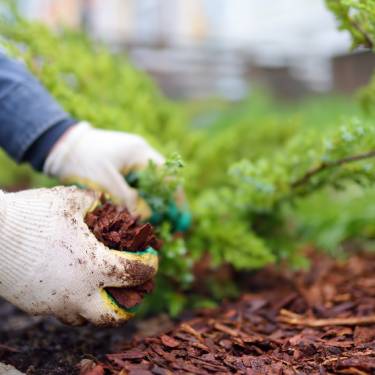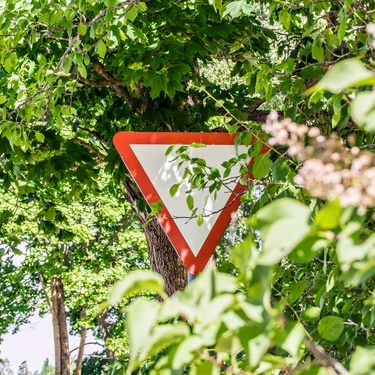
Transforming your yard into a sustainable oasis doesn’t just benefit the environment—it can also save time, resources, and money in the long run. Sustainable landscaping uses eco-friendly practices to create a beautiful outdoor space that works in harmony with nature. Thoughtful choices can greatly impact your landscaping efforts, whether you’re starting fresh or upgrading an existing yard. Here are some tips for sustainably landscaping your yard.
Choose Native Plants To Conserve Resources
Selecting native plants is one of the most effective ways to create a sustainable landscape. These plants have naturally adapted to your local climate, soil, and rainfall, requiring less water, fertilizer, and maintenance. You can support local ecosystems by providing food and habitats for pollinators, such as bees and butterflies, by incorporating native flora. Over time, a yard full of native plants becomes a low-maintenance haven and a vital part of your area’s biodiversity.
Incorporate Mulching To Reduce Waste
Using mulch in your garden beds and around trees can significantly improve the sustainability of your yard. Mulch helps the soil retain moisture, reducing the need for frequent watering, especially during dry spells. Organic mulch, such as wood chips or shredded leaves, breaks down over time and enriches the soil with nutrients. Additionally, mulching reduces weed growth, minimizing the need for chemical herbicides. You also reduce yard waste and promote a circular approach to landscaping by reusing natural materials such as mulch.
Install Smart Irrigation Systems
Efficiently watering your yard is key to sustainable landscaping. Smart irrigation systems, such as drip irrigation or weather-responsive sprinklers, deliver water directly to plants’ roots and minimize evaporation. You can also program these systems to adjust watering schedules based on real-time weather data, ensuring you’re not overwatering during rainy periods. Installing a rain barrel to collect runoff for irrigation is another way to conserve water. Thoughtful watering practices protect precious water resources while keeping your yard lush and healthy.
Consider Sourcing Sustainable Artificial Turf
Sustainable synthetic turf grass offers an eco-friendly alternative for areas where maintaining natural grass is challenging. Modern options consist of recyclable materials and mimic the look and feel of real grass without the need for water or pesticides. You can reduce your yard’s environmental impact while enjoying a low-maintenance, green space year-round by sourcing sustainable artificial turf. Artificial turf creates a cohesive and environmentally conscious landscape design when paired with native plants and smart irrigation.
Now that you know these tips for sustainably landscaping your yard, you can take steps to create an eco-friendly outdoor space that benefits your home and the planet. By prioritizing sustainability, you’re not just improving your landscape—you’re helping to protect the world around you.
Bio: Casey is a passionate copyeditor highly motivated to provide compelling SEO content in the digital marketing space. Her expertise includes a vast range of industries from highly technical, consumer, and lifestyle-based, with an emphasis on attention to detail and readability.



















